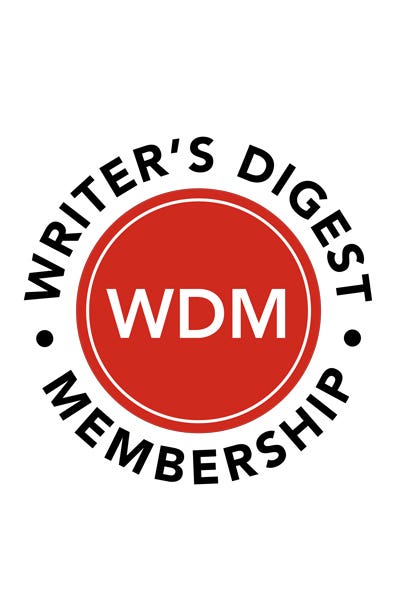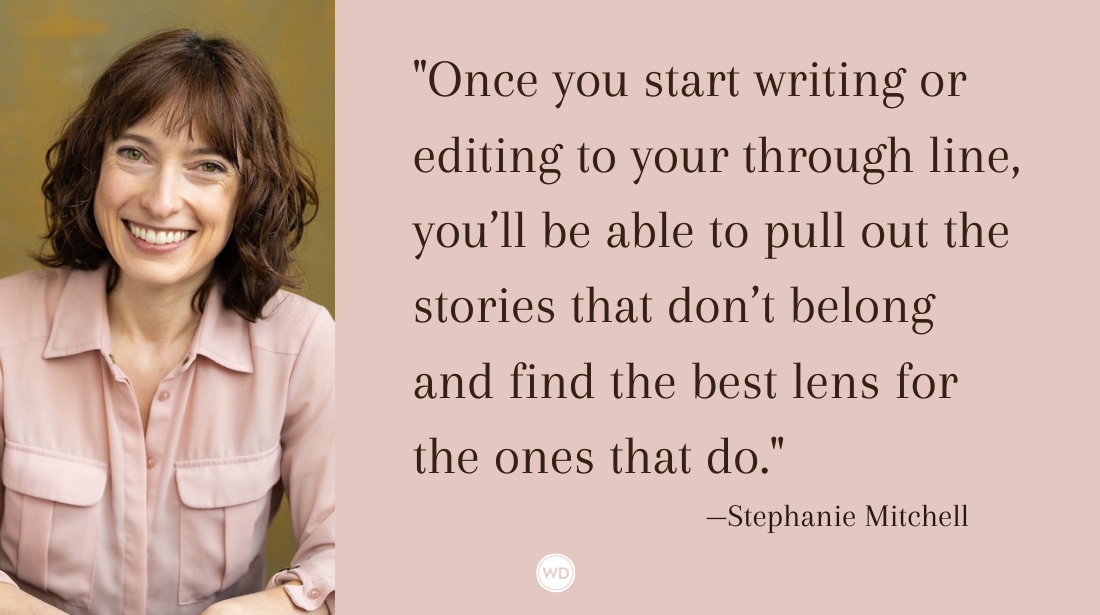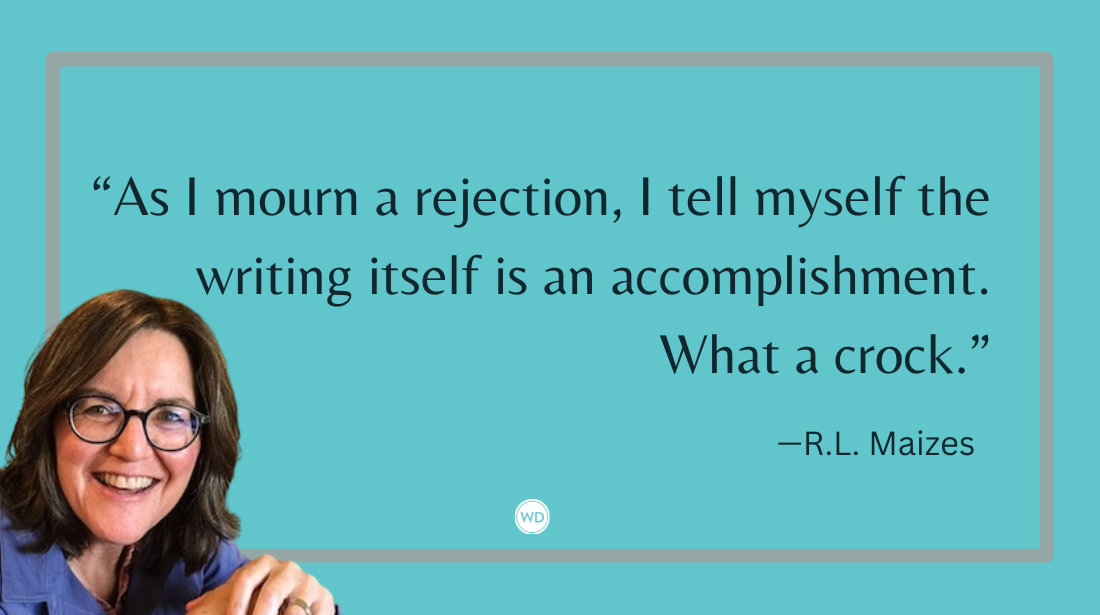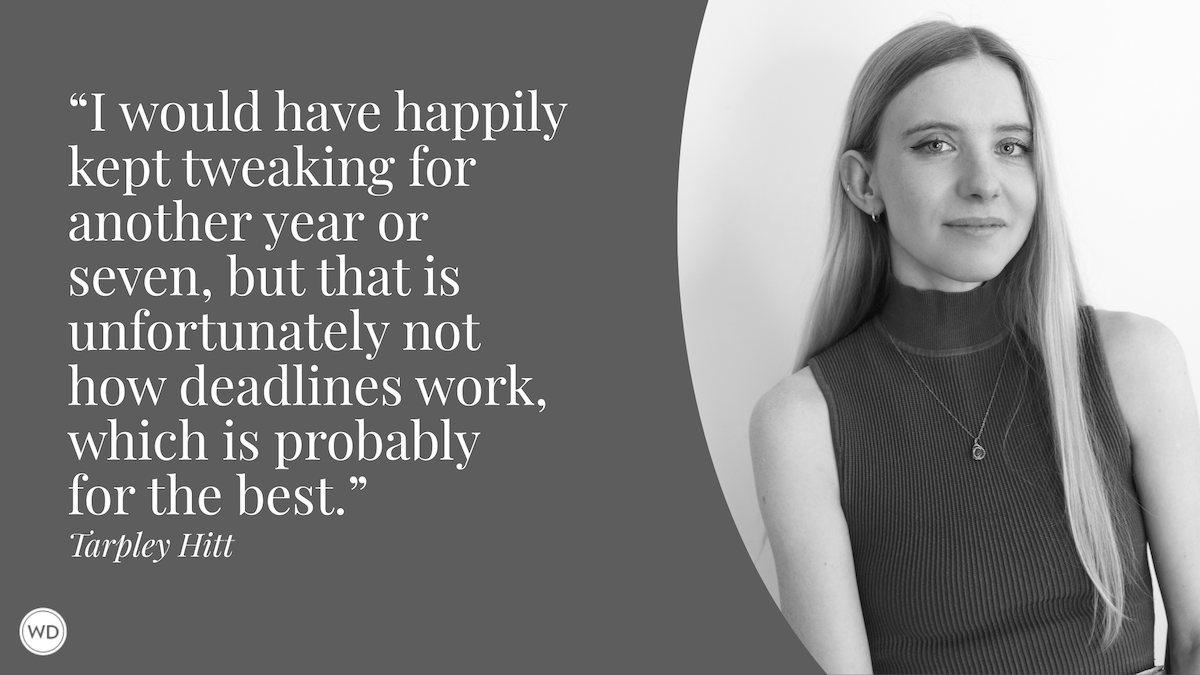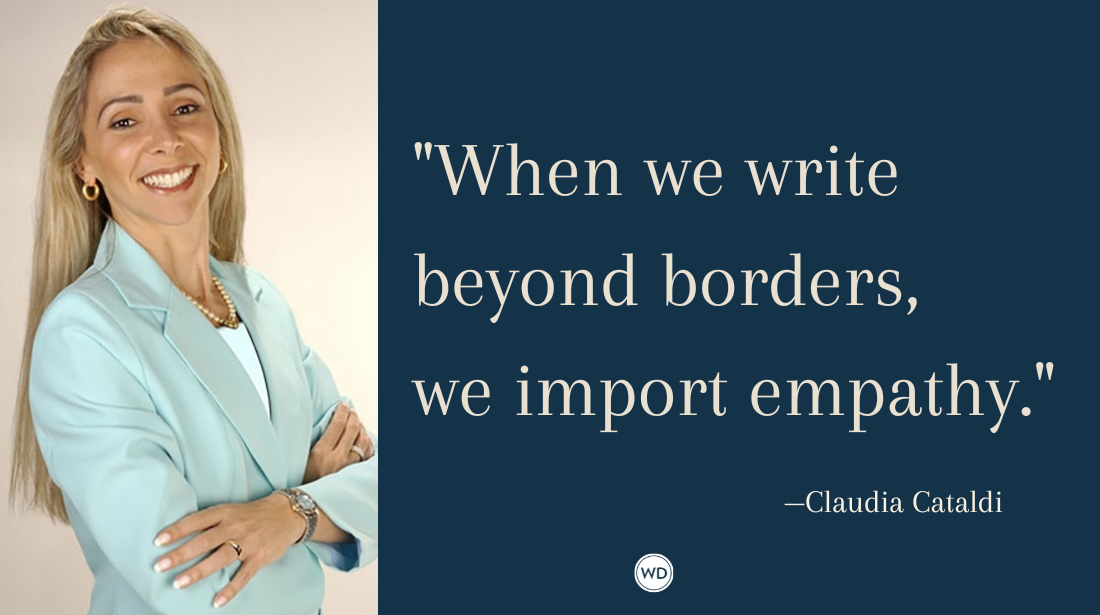A Hook for Every Book
Here’s how to find the focus that can turn your own story into a marketable memoir.
It’s been said that truth is stranger than fiction—and it just might be becoming more popular, too. For proof, look no further than the unbelievable growth of the memoir genre over the past several years. Readers have eaten up books on everything from bizarre childhoods (The Glass Castle, Running With Scissors) to addiction (A Million Little Pieces, Drinking: A Love Story), food (Julie and Julia, Kitchen Confidential), grief (The Year of Magical Thinking), unmanageable dogs (Marley & Me) and even the last days of two distinct college professors (Tuesdays With Morrie, The Last Lecture). Memoirs have worked their way into the American mainstream and show no signs of turning back.
Why does the idea of memoirs appeal to writers just as much as it appeals to the people who read them? There are of course many formats for telling our personal stories: Essays, magazine articles, blogs, and the local pub are all viable venues. But a full-length memoir allows for a thorough exploration of the topic at hand. It provides an opportunity to use tension and pacing to draw the reader through the most personal of plots. A memoir is a perfect canvas for a writer to relay an experience completely on her own terms—including setting, tone, style, even the portrayal of “characters” and use of dialogue.
At the heart of every successful memoir is what’s known in publishing as “the hook”—or that certain something that makes a book marketable. Your hook is the element that is unique to your story. Hooks are memorable, compelling, and sometimes controversial. They may be tragic, inspiring, shocking, or funny; they may feature a special setting, show off an unusual ability or demonstrate survival against all odds. Your hook is what will capture the attention of agents, editors, and, ultimately, readers. Only after your hook does its job will you have the chance to keep them captured through your story and your writing style.
While not everyone can be the sole survivor of an airplane crash, a popular 1970s child star, or a mafia princess, that doesn’t mean your memoir doesn’t have a hook. A hook doesn’t have to involve surviving an ill-fated climb on Mount Everest or spending a year traveling around the French countryside on a bicycle. Finding your hook is about presenting your story in a marketable and interesting fashion that best displays your skills and strengths as a writer. Here’s how to do just that.
Distinguish Hook From Theme
While a good hook can give fresh energy to a topic that may seem familiar, it’s important to note that your hook and the underlying theme of your memoir are not necessarily the same thing. The distinction between the two can be subtle, but a clear understanding of each one can mean the difference between writing “just another divorce memoir” and the next Eat, Pray, Love. The key is to hone in on the unique set of details that makes your love story, life with an autistic child, or career change memoir different from everyone else’s—while at the same time managing to capture that universal feeling that people in similar circumstances experience. This magical combination results in a story that is simultaneously new and relatable. A hook can make your good book a great one by building elements into your theme that are meaningful to you and you alone, but appealing to readers interested in your topic.
Effective hooks:
- Bring something new to the table
- Go beyond the theme of the memoir
- Can be summed up in a sentence or two
- Are provocative and memorable
Let’s look at a couple of real-life examples that illustrate the difference between hook and theme.
Eat, Pray, Love by Elizabeth Gilbert
THEMES: Divorce, travel, spirituality, food
THE HOOK: After a painful divorce, the author sets out to devote one year to pleasure, prayer, and love. She travels to three distinctly different locales to immerse herself in these pursuits. Can a heartbroken and confused woman purposely set out to find happiness?
WHAT’S UNUSUAL ABOUT IT? She’s taking the reader along on her quest to heal—and she doesn’t have a clue what’s going to happen. She’s going about her healing in an unexpected way, and she’s constructed the trip solely with this goal in mind, which is the opposite of the approach taken in comparably themed memoirs such as An Italian Affair and Under the Tuscan Sun.
Cherries in Winter by Suzan Colón
THEMES: Family, food, hard times, inspiration
THE HOOK: After losing a high-powered and glamorous job at a magazine, the author realizes she needs to cut way back on her spending. When her mother suggests that she look through her grandmother’s recipes for some money-saving ideas, Colón finds she’s stumbled upon not just a guide to comfort food, but her family’s “recipe” for surviving hard times.
WHAT’S UNUSUAL ABOUT IT? Rather than falling into “woe-is-me” mode about how she can no longer afford designer shoes and handbags, the writer decides to take action and plunge directly into a sweet and moving family history.
Both of these memoirs bring ordinary situations to life with sparkling details. They also manage to avoid common pitfalls in the genre that can make even the most riveting stories painful to read.
Ineffective memoir hooks:
- Mistake bitterness or anger (neither of which is a good reason to write a book, by the way) for passion
- Aren’t relatable to readers
- Take too long to build, or start too late in the story
- Are complicated or follow too many different paths
- Don’t follow through to the end of the story
Once you understand what a hook is—and what a good one should and should not do—you’re ready to get to work identifying the best one for your own memoir.
Break Your Story Into Key Pieces
As an agent who’s had countless conversations, cups of coffee, and e-mail exchanges with aspiring memoirists, I’ve found that more often than not, the hook is there all along—the author just might not know it.
Hooks are frequently buried in too many details—extra anecdotes, or irrelevant events the author is reluctant to cut because they involve beloved friends or family members. It’s been my experience that authors often have their “aha” moments about their memoirs while they’re breaking down their stories, clearing out the clutter, and examining the pieces that are left to work with. This process can be done at any stage—whether you’ve just started gathering notes for your project, or you’ve already completed some of the writing (or even a whole draft) and worry you’ve lost focus. The idea is to get all the pieces of your work in one place and take a close and critical look at what you have. One of the most daunting parts of the memoir-writing process is stepping back from your story and looking at it from a different perspective—the perspective of someone who has not had the same experiences as you. You need to break the story down and decide which pieces are crucial and which you can do without. Prepare to either mark your manuscript accordingly, or catalog the pieces you have as items that will stay or go.
For each section you write—or plan to write, or have written—ask yourself:
- Will this section be interesting to others?
- Is this character necessary for the larger story? Am I keeping this person in my memoir for purely sentimental reasons?
- Does this piece fit within the larger story I’m trying to tell?
- Is this section too long? Am I rambling?
- Is extraneous detail distracting from the greater story?
The idea is to go through the parts of your story and decide what stays and what goes. To make this process more manageable, I recommend starting an ideas file, where you can put things that don’t fit right now aside for later—another time, maybe another project. If you’re concerned that certain sections of your manuscript may be rambling, but are still relevant, mark them now to be edited later. Don’t let yourself get distracted by editing just yet.
When you take the time to pare back your story to the most vibrant and essential details, a pattern will emerge—and that pattern is often a sign of your hidden hook. What direction are these pieces taking you? Are they leading you to the original place you thought you were going—or somewhere slightly different? Were you surprised to discover that while your ex-boyfriend didn’t play a role in your memoir about culinary school, your grandmother did? Did you stumble upon stories that mattered much more than you initially thought? Were you unexpectedly drawn to your beautiful depictions of rural Mexico, or your mouth-watering description of chocolate fondue? These sections are your key memory pieces.
Key memory pieces are those surprising little parts that cause you to pause and actually reflect on a memory for a moment or two. Have you ever wondered why it sometimes takes an entire afternoon to clean out a closet or even just a drawer? What initially sounds like a simple task inevitably turns into a long, winding road trip down memory lane. That’s exactly the kind of journey we’re talking about here. Those unexpected emotional jolts often hold hidden keys to parts of your story that need to be highlighted. Never underestimate the power of the smallest memory to become a big idea. Key memory pieces provide important insight when it comes to narrowing down your hook.
Find the Pattern to Find Your Hook
So what are you to do with these gems once you’ve found them? Designate a notebook where you’ll take a closer look at what you have. Devote one page to each of your memoir’s major themes. For instance, if you’re writing about leaving corporate America after a divorce to open a bakery with your sister, the pages of your notebook may be headed food, survival, divorce, and family.
Now, look carefully through your key memory pieces. Where do these pieces belong, and what do they inspire? Catalog each key memory on the appropriate page. Slowly, you’ll see a pattern developing—something you may not have realized until now. Perhaps the family page has 20 items about sisterhood, including several hilarious stories that you hadn’t realized were so fun to read. How might that change how you view your story as a whole?
Once you’ve cataloged your key memory pieces, consider the following:
- Does one of my key memory pieces inspire me to shift my focus?
- Does one of my key memory pieces feature a person who should play a key role in the rest of the story?
- Is there an unexpected emotional element that keeps making an appearance?
- Is one of the key memory pieces a special setting or place that can provide a better backdrop for my story?
- Is one of the key memory pieces adding a unique element to a common theme?
- Have I personally experienced something extraordinary that I can relay to others?
When you’ve boiled down your work into pieces, sorted those pieces into themes and examined the groupings closely, your hook should emerge. If you’ve had a vague idea of your hook all along, this process should lend a tighter focus to your writing. If you didn’t—or if you were surprised by what you found when you examined your story—your hook could be an entirely fresh starting point from which to build your memoir anew.
With your hook firmly established, you should be able to see your story within a new context. There’s no need to let the hook take over completely; it’s not a detailed street map, but rather a compass to keep you pointed in the right direction. Now that you’ve got it, you’re ready to get to work.



